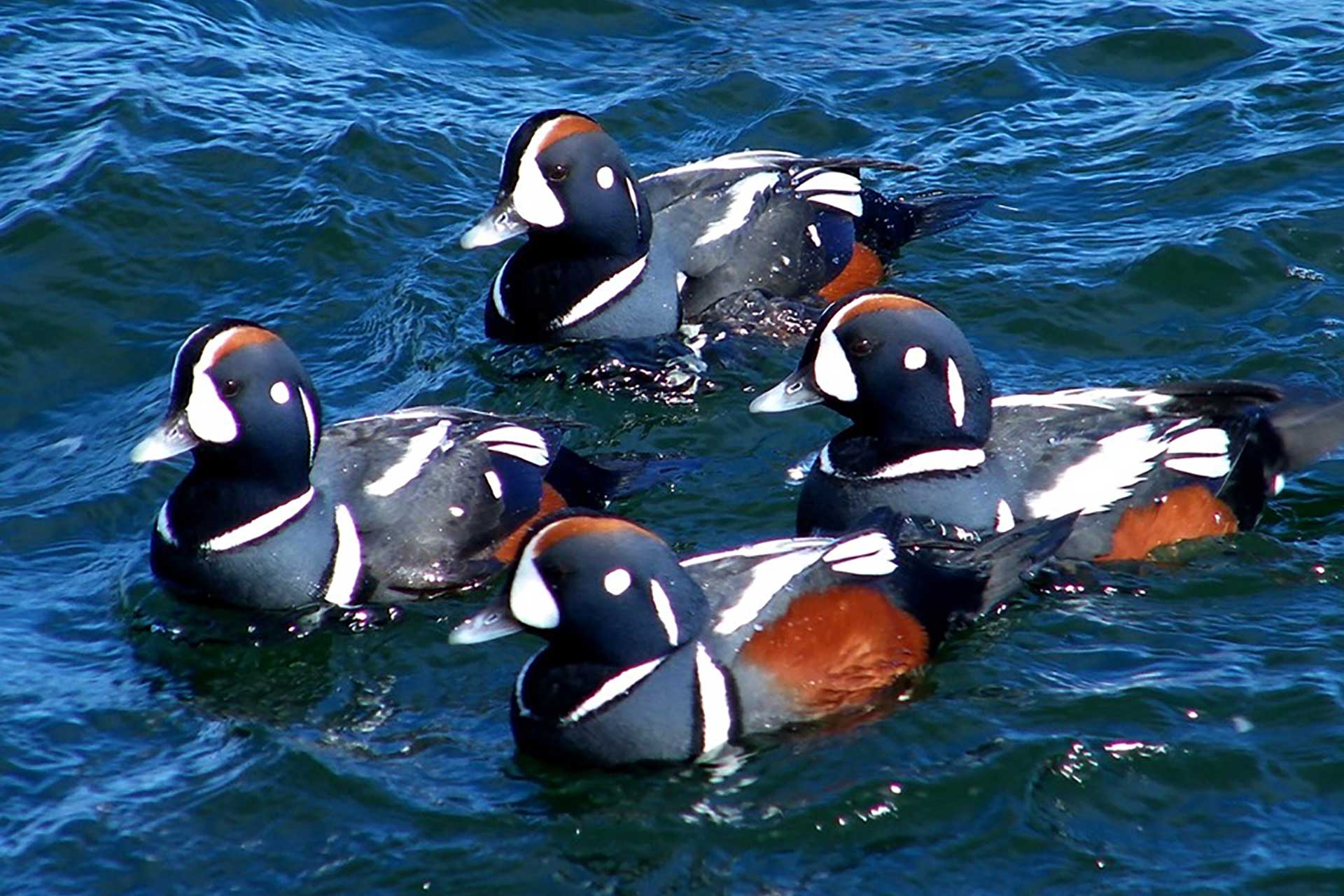Characterization of the migratory patterns, connectivity, philopatry and timing of the western North American Harlequin duck (Histrionicus histrionicus) population throughout the annual cycle.

Project Number: 168
Year Funded: 2022
Lead Institution(s): Western Washington University, Washington Department of Fish and Wildlife
Project Lead: Andrew Annanie
Collaborator(s): Joe Evenson (Washington DFW), Sean Boyd (ECCC), Lisa Bate (NPS), Kristina Smucker (Montana FWP), Chris Hammond (Montana FWP), Lucas Savoy (BRI), Beth MacCallum (Bighorn Wildlife), Susan Patla (Wyoming GFD), Andrea Orabona (Wyoming GFD), Doug Smith (NPS) , John Stephenson (NPS), John Bower (WWU), John McLaughlin (WWU), David Douglas (USGS)
Location: British Columbia, Alberta, Alaska, Washington, Wyoming, Montana
Focal Species: Harlequin Duck (Histrionicus histrionicus)
Project Description: The ways in which the different breeding and non-breeding portions of the North American Harlequin duck population are geographically connected throughout the various stages of their annual migratory cycle are poorly understood for the western portion of the species’ range. However, several partners have collaborated to build a large tracking dataset for Harlequin Ducks in the western US. The primary objective of this study is to enhance our collective understanding of Harlequin duck migratory ecology among the western North American population through a spatial analysis of this available dataset.
Project Reports:
